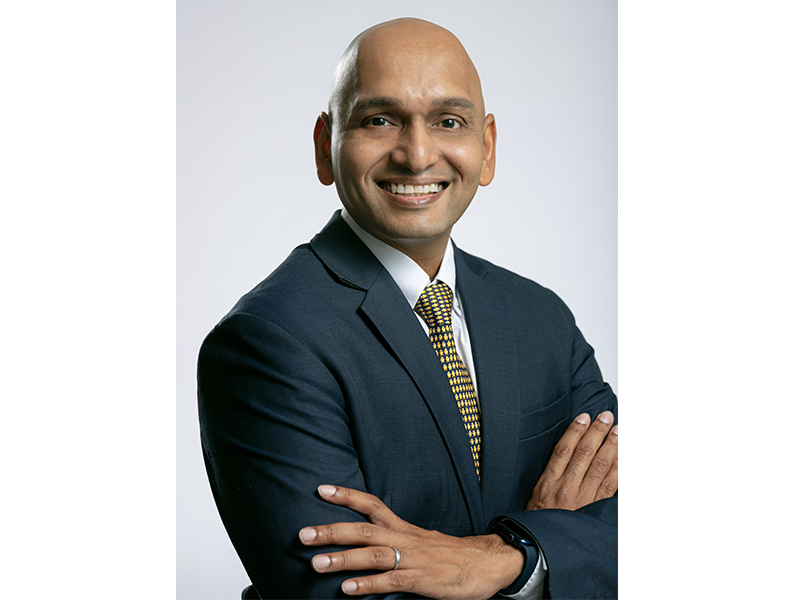While a rib fracture in itself may not immediately seem like a major injury, lingering chest pain can suggest more serious complications. DR HARISH MITHIRAN, a thoracic surgeon in Singapore, tells us more about how to handle rib injuries.
Rib injuries: simple or serious?
After a bad fall or a car accident, some people may experience lingering chest pains. Even in the absence of extensive injuries and when the worst seems to be over, a doctor might diagnose a rib fracture and prescribe extensive rest for recovery. Many medical professionals consider rib fractures to be relatively minor injuries. However, as a thoracic surgeon, I have seen firsthand the consequences of underestimating these fractures. Even a seemingly simple rib injury can conceal hidden dangers and lead to life-threatening complications if not adequately addressed.

Rib fractures can result in complications such as lung tissue entrapment, as well as conditions known as pneumothorax, hemothorax and flail chest. Delayed diagnosis or inadequate treatment can lead to chronic chest pain, respiratory dysfunction and long-term disability. It’s important to recognise that even a seemingly minor rib fracture can have significant consequences. A failure to do so can lead to prolonged hospital stays and increased morbidity.
Our lungs are critical to our health. It’s therefore important to address serious complications like the entrapment of lung tissue against fractured ribs. This can lead to necrosis of the lung, bleeding within the chest, nonunion fractures (fractures that fail to heal), lung infections and even abnormal cardiac function.
What makes this even more dangerous is that complications can arise after the initial traumatic rib injury. Movement can cause a healing rib fracture to shift inward, pinching or trapping lung tissue. Even if the fracture seems minor initially, it can worsen without proper care. This is where a thoracoscopy becomes essential, allowing thoracic surgeons to examine the chest cavity and free any trapped lung tissue.
Pneumothorax and hemothorax are two more potentially life-threatening conditions that can result from a rib fracture as well as chest pain. Pneumothorax occurs when the fractured rib damages the lung tissue, causing air to leak out of the lung. The risk of pneumothorax increases with the number of broken ribs, and it can be detected with a chest X-ray. Hemothorax, on the other hand, involves the accumulation of blood in the chest cavity due to a lacerated lung or bleeding from broken ribs. These conditions require prompt treatment, including thoracic drainage and possibly surgical intervention.

A third serious condition is flail chest, where three or more ribs are fractured in two or more places, causing a segment of bone to detach and move independently. This can lead to consequences like chest pain, lung tissue bruising, respiratory impairment and even respiratory failure if left untreated. Timely treatment can prevent this.
For some fractures, conservative management with pain control and breathing exercises might be sufficient. However, in cases of multiple rib fractures or significant displacement where the broken ribs are misaligned, an open reduction and internal fixation surgery (ORIF) might be necessary.
The bottom line on rib injuries
With the possibility of complications like this, it’s important to take rib fractures and chest pain seriously. Early evaluation and, when necessary, intervention by a thoracic surgeon can significantly improve outcomes, helping you get back on your feet and breathing easily again.
About this thoracic surgeon
Dr Harish Mithiran is a thoracic surgeon in Singapore and the senior consultant at Gleneagles and Mount Alvernia Hospital. He leads a multidisciplinary team at Neumark Lung & Chest Surgery Centre and specialises in thoracic surgery.
#02-09 Gleneagles Medical Centre, 6 Napier Road
6908 2145 | info@neumarksurgery.com
neumarksurgery.com
This article first appeared in the August 2024 edition of Expat Living. You can purchase the latest issue or subscribe so you never miss a copy!
To make the most of living in Singapore, read our latest City Guide here for free!





